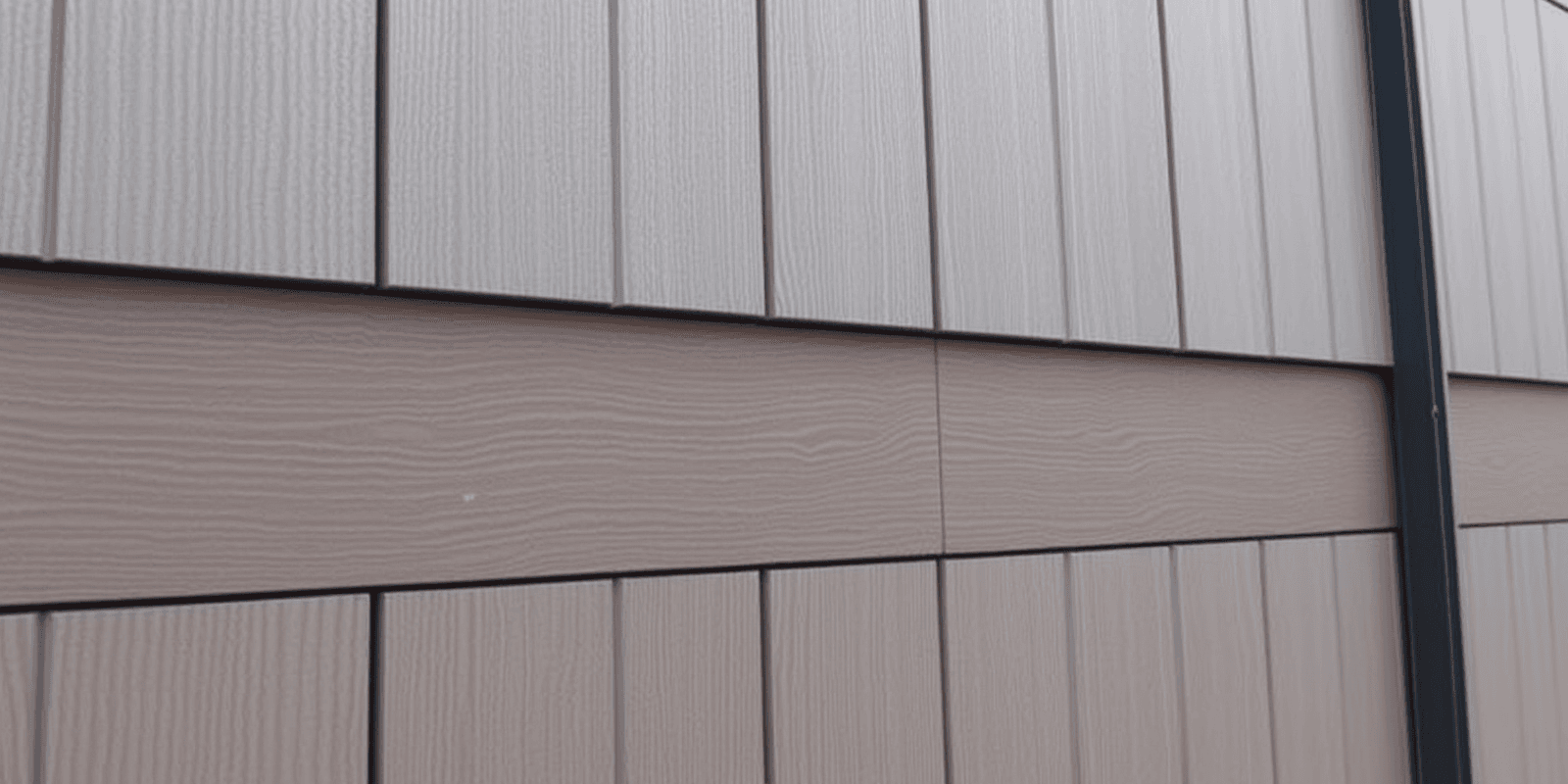The Future of Eco-Friendly Outdoor Wall Cladding: A Focus on WPC Factories
As the world becomes increasingly aware of environmental issues, the construction industry is also shifting towards more sustainable practices. One such innovation is the use of Wood Plastic Composite (WPC) cladding for outdoor walls. This article explores the role of WPC cladding factories in promoting sustainability in construction, the benefits of using WPC over traditional wood, and the manufacturing processes that make these products environmentally friendly. Case studies and testimonials from homeowners who have opted for WPC cladding will also be discussed.
The Role of WPC Factories in Promoting Sustainability
WPC factories play a pivotal role in promoting sustainability by offering eco-friendly alternatives to traditional building materials. These factories produce composite materials that are a blend of wood fibers and plastic, often derived from recycled sources. The production process minimizes waste and reduces reliance on virgin timber, thereby contributing to a greener construction industry. WPC cladding not only enhances the aesthetic appeal of buildings but also ensures durability and longevity, making it a preferred choice among architects and builders.
Benefits of Using WPC Over Traditional Wood
One of the key advantages of WPC over traditional wood is its resistance to moisture, rot, and insect damage. Unlike natural wood, WPC does not require frequent maintenance, such as painting or staining, which significantly reduces the overall cost of ownership. Additionally, WPC cladding is highly customizable, allowing for a wide range of design options that can match any architectural style. This versatility makes it an attractive option for both residential and commercial projects.
Manufacturing Processes: Making WPC Environmentally Friendly
The manufacturing process of WPC cladding involves combining wood fibers with thermoplastic resins, often sourced from recycled plastics. This combination results in a material that is stronger and more durable than traditional wood, while also being resistant to environmental factors. Moreover, the use of recycled plastics in the manufacturing process helps reduce landfill waste and conserves natural resources. The production process itself is energy-efficient, further contributing to the sustainability of WPC cladding.
Case Studies and Testimonials
Homeowners who have opted for WPC cladding have reported significant benefits. For instance, Sarah Johnson, a homeowner in California, stated, “I chose WPC cladding for my new home because it offered a modern look while being low-maintenance. It has been two years since installation, and the cladding still looks as good as new.”
Another example is Tom Green, a builder based in New York. He shared his experience, “Using WPC cladding has allowed us to complete projects faster and at a lower cost compared to traditional wood. The durability and ease of installation make it a win-win for our clients.”
Conclusion
WPC cladding factories are at the forefront of promoting sustainability in construction. By offering durable, low-maintenance, and customizable solutions, WPC cladding provides a viable alternative to traditional wood. The manufacturing processes employed by these factories ensure minimal environmental impact, making WPC cladding an excellent choice for those looking to build sustainably. As more homeowners and builders embrace this technology, we can expect to see a significant shift towards eco-friendly outdoor wall cladding in the future.
References
ScienceDirect – Environmental Impact of Wood Plastic Composites
ResearchGate – Sustainable Building Materials and Construction





Reviews
There are no reviews yet.